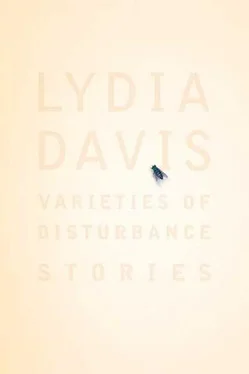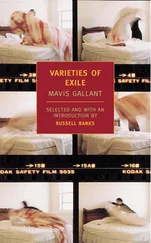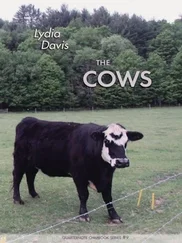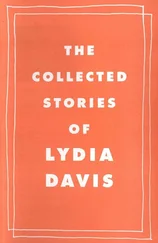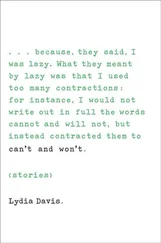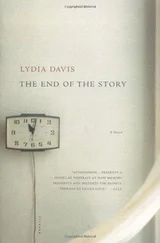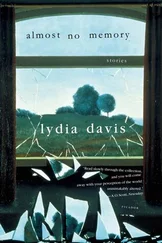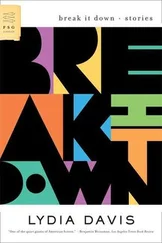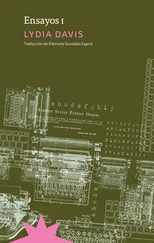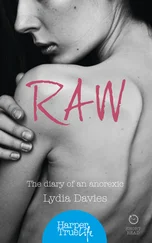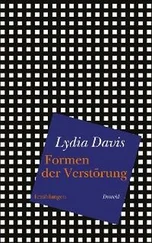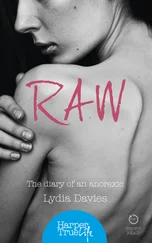Twenty-two children sign their full names, first and last. One signs “Billy J.” and the remaining four sign only their first names. (For reasons of confidentiality, only the initial letter of the children’s last names will be retained here.)
Length
Excluding the salutation and closing, the letters range in length from three to eight lines and from two to eight sentences. None of the boys’ letters is longer than five sentences, whereas, of the girls, one each has a letter containing six, seven, and eight sentences. Although the girls number one fewer than the boys, they are overall more communicative, contributing 84 lines versus the boys’ 66, and 61 sentences versus the boys’ 53.
Not all of the girls, however, are communicative. Two write letters containing only three lines and three sentences. One is the gloomy letter by Sally quoted below. The second brief letter, by Susan B., includes what may be an envious reference to a box of candy. In general, the length and content of the shortest letters appear to connote depressive or apathetic states of mind in their authors, while the content and length of the longest give the impression of being the products of the more cheerful and outgoing temperaments. Those in the mid-length range variously express stout realism (broken branches and fallen snowmen), bland formulae (see Maureen’s letter below), or strong feelings and personality (Scott’s “I’d yank you out of bed”).
Overall Coherence
There is a tendency toward non-sequiturs in the letters: one sentence often has little to do with the sentence that follows or precedes it (e.g., “The temperature keeps on changing. I can’t wait until you come back to school”).
Some letters, however, develop one idea with perfect cogency throughout: e.g., Sally’s grim letter, Scott’s enthusiastic, somewhat violent letter threatening to “yank” Stephen out of bed, and Alex’s informative letter about sledding, which names the location of the sledding and notes progress from last year: “We had some fun over at Hospital Hill. We went over a big bump and went flying through the air. This year I went on a higher part than I used to.”
Sentence Structures
The letters overall contain a predominance of simple sentences (e.g., “There was a big snowball fight outside”), with now and then a compound, complex, or compound-complex sentence.
Compound Sentences
The shortest letter (two sentences) is written by Peter. He is the same boy whose ruled line is thick, slanted, and bent at the bottom. However, he is also one of the few students to form a compound sentence, and in so doing uses the rarer and more interesting conjunction but : “We are having a very happy time but we miss you.”
Another who uses but is Cynthia, one of the realists in the class: “I have made snowmen but they have fallen down.”
Susan A., another realist, uses but to modify her description of fairyland, as quoted below.
Other conjunctions used in the letters are: until (2), because (2), and the most common and inexpressive or neutral: and (7).
One girl, Carol, using the conjunction because , forms two compound sentences in a letter which is only three sentences long: “I hope you will be back to school very soon because it is lonesome without you” and “New Year’s Eve your [little] Sister slept at our house because your Mother and Father and [older] Sister went to a party.” Because she employs more elaborate sentence structures, her letter is one of those containing the most lines (8) yet the fewest sentences (3).
The most common, and least expressive, conjunction is and (7 occurrences), as in Alex’s sentence: “We went over a big bump and went flying through the air.” One girl, Diane, forms a compound sentence out of two imperatives: “Hurry up and come back.”
Complex Sentences
Aside from the frequent formulaic complex sentences beginning with “I hope” (e.g., “I hope you get better”) and “I wish” (e.g., “I wish you saw it”), there are relatively few instances of complex sentences:
Fred: “Well I guess this is all I have to tell you.”
Theodore: “I beat the boys who were against me.”
Alex: “This year I went on a higher part than I used to.”
Susan B.: “Jonathan A. told me that he send [ sic ] you a big box of candy.”
Kingsley has two complex sentences in succession: “What do you think you are going to get for Christmas?” and “I got every thing I wanted to get.”
Compound-Complex Sentences
Van, the boy who admits to being uninspired and writes one of the briefest letters, is also, however, one of the few pupils to construct a compound-complex sentence, though he omits two words and contradicts himself (see his use of think ): “I think that is all to say [ sic ] because I just can’t think.”
Jonathan also constructs a compound-complex sentence. His is more cheerful but uses a less expressive conjunction: “I hope you liked my box of candy, and I can hardly wait until you will be home again.”
Susan A. uses the more loaded conjunction but : “When it was over everything looked like a fairyland but some trees were bent and broken.” She follows this sentence with another compound-complex sentence, using the strong conjunction so and including an imperative: “We are very sorry that you are in the hospital, so get well quick.”
Verbs
Some of the children’s verb tenses are unclear.
Apropos a movie, Theodore writes: “I wish you saw it.” It is unclear whether he means “I wish you could see it” or “I wish you had seen it.”
Billy T. writes: “I hope you will eat well.” It is not clear when or where Stephen should eat well.
Joseph A. writes: “I hope you have fun.” It is not clear when or where Stephen should have fun. Both Billy and Joseph probably intended the meaning conveyed by the present participle forms “are eating well” and “are having fun.” It may be noted that Joseph is the only child to associate Stephen’s stay in the hospital with having fun.
The most vivid verb is Scott’s Anglo-Saxon yank .
Imperatives
The only instances of use of the imperative (4, one softened by “Please”) are found in the letters of girls. This may imply a greater inclination to “command” or “boss” on the part of the girls than the boys, but may also be statistically insignificant, given the small number of letters in the sample.
Style
The style of the letters is for the most part informal, i.e., neither excessively formal nor extremely casual or colloquial. Occasionally, the diction becomes conversational: there are two instances of Well as openings of sentences (both omit the comma that should follow). There is a vivid conversational verb, yank , in Scott’s letter. It is worth noting, however, a conspicuous formality common to most of the children on at least one point: given a choice, as they seem to have been, most of the children sign their full names to their letters. Also, in the two instances in which children refer to other children by name, they use the full name, even though Stephen would have known perfectly well from the context which child they were talking about. It may be that in the school setting, first and last names were so commonly used inseparably by the teacher in calling the roll or in reprimanding, that when writing in school, in any case, the children profoundly identified each other and themselves by first and last names both.
Two of the children achieve moments of stylistic eloquence. One, Susan A., creates a vivid concrete image which is enhanced by her use of alliteration and a forceful rhythm: “some trees were bent and broken.” The other, Sally, opens with a powerful specific image—“Your seat is empty”—and then reinforces it with parallel structure: “Your stocking is not finished.”
Читать дальше
